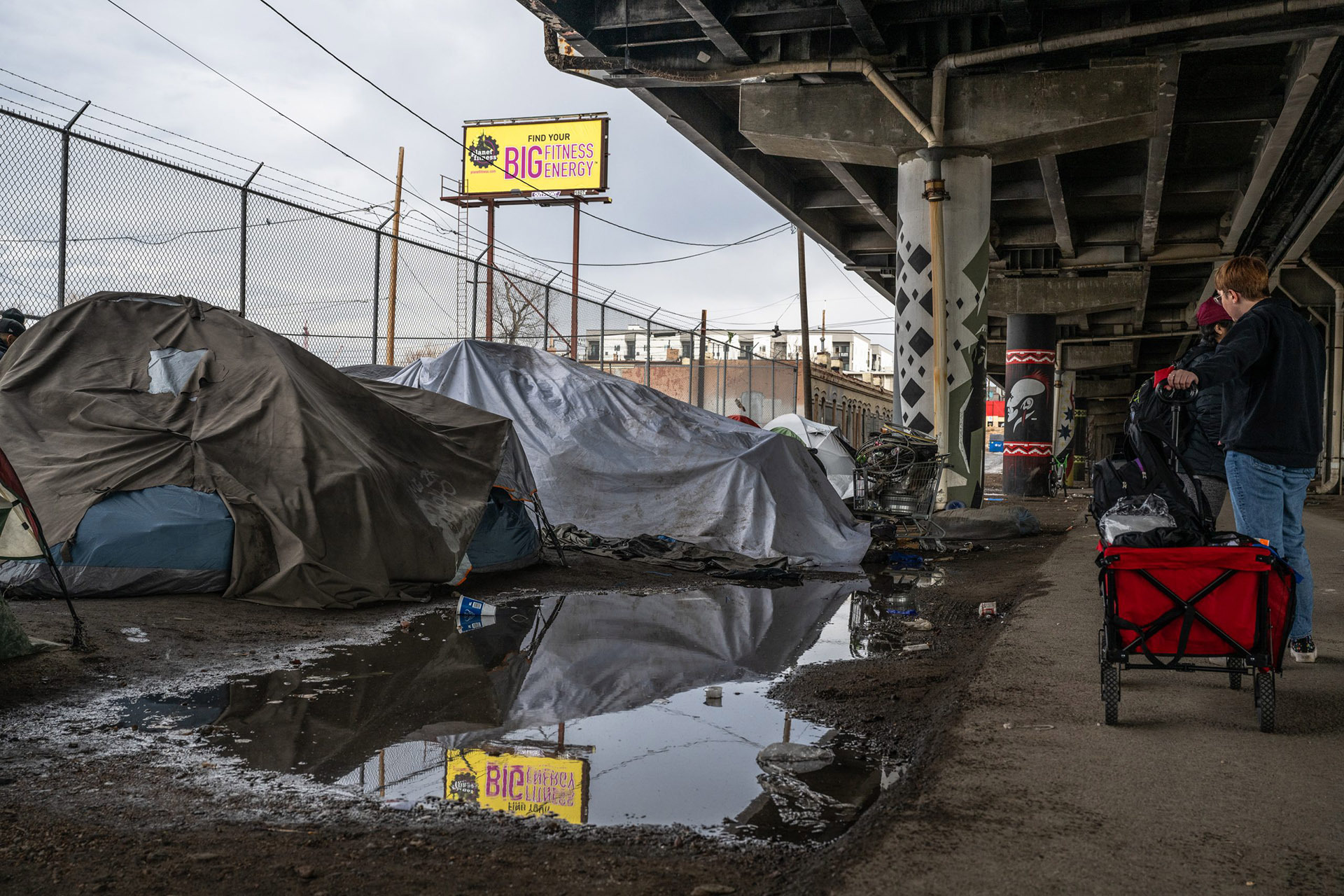They were separated into three groups. Group A received $1,000 per month for a year. Group B received $6,500 the first month and $500 for the next 11 months. And group C, the control group, received $50 per month…
And … no surprise …
I’m going to have to bust out the Adderall and actually read the article? /s
Good stuff. Too bad we have a huge portion of the country who thinks that is Communism and against God.
Unfortunately, that mandatory (??) pull from the article -every- post seems to get … gave away the suspense … so I figured that’d do ya ;->
Article notes how much taxpayer money was saved. Where I live they spend millions a year paying cops to take apart the encampments. Cheaper than Helsinki, where giving the homeless a home is mandatory … and is pretty much wiping out homelessness. Oh, and as I recall, that kind of ‘communism’ was a big part of Christ’s message they’ve conventiently forgotten.
I’m confused at how they spent 2.1 million dollars or close to a quarter of what they raised on fundraising and delivery. If there were aid workers working with people that would make sense but there were just 3 surveys over the course of the year and if you didn’t fill it out you still got paid. This seems like a relatively minimal amount of work: establish direct deposits, create a survey, and analyze a bit of data when you’re done
Also maybe I’m misinterpreting but the graphs seem to show the control group having much more similar outcomes to those getting larger sums and payments having much less of an effect than I’d expect
Also maybe I’m misinterpreting but the graphs seem to show the control group having much more similar outcomes to those getting larger sums and payments having much less of an effect than I’d expect
It does seem like the amount had very little correlation with the outcome.
I’d like to see a comparison with a zero-dollar control group. This study seems to assume that the numbers at the beginning wouldn’t have improved without financial intervention.


